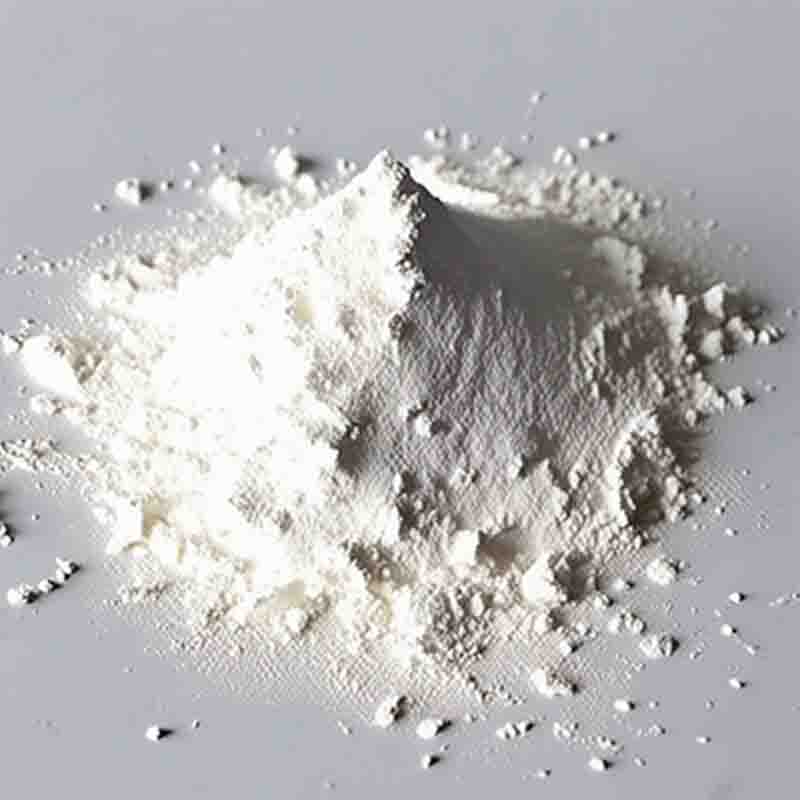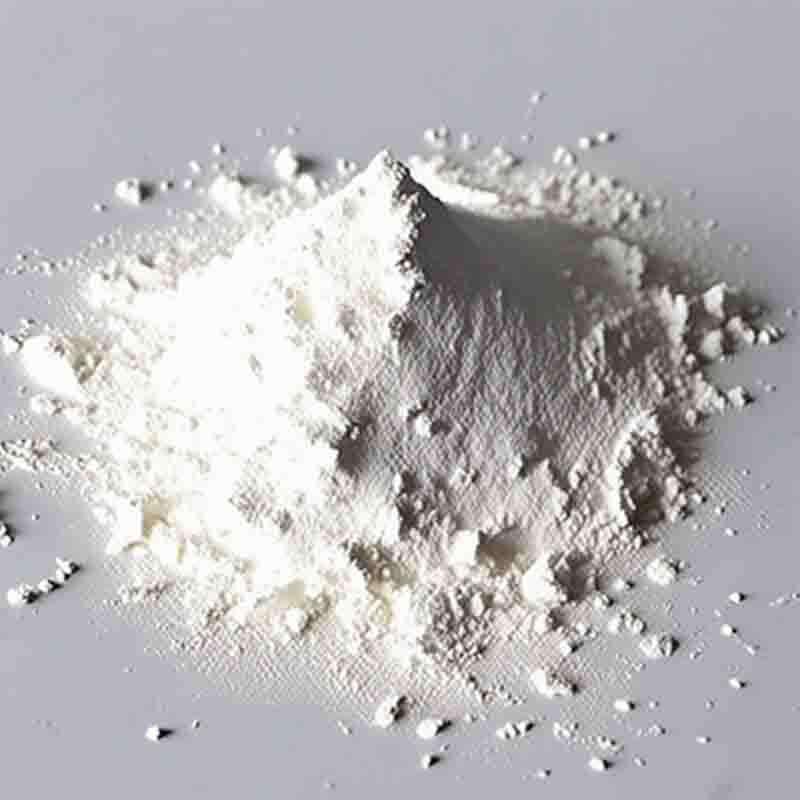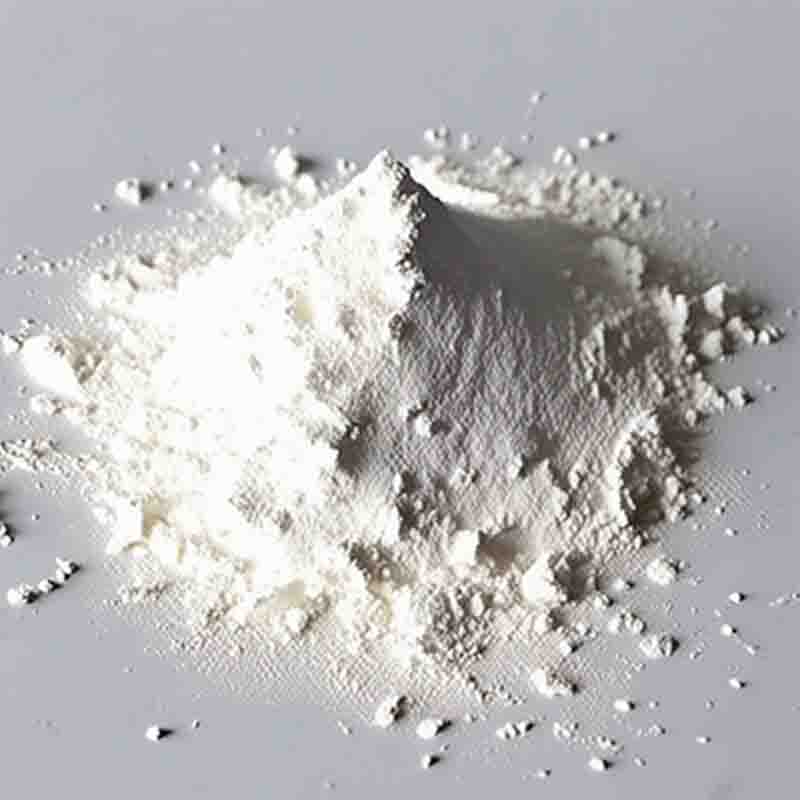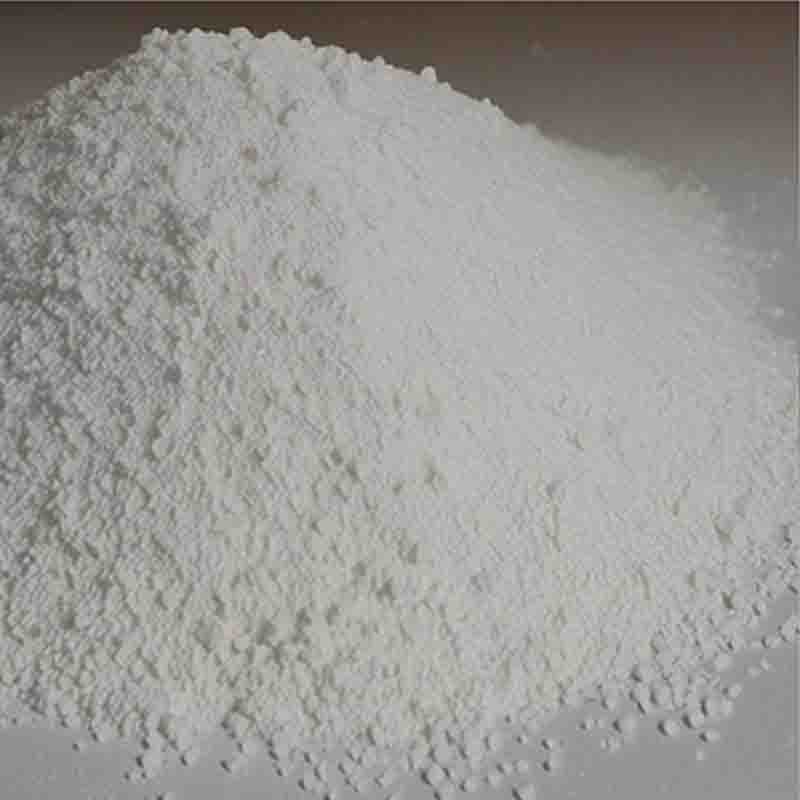6-(1-Bromoethyl)-4-chloro-5-fluoropyrimidine CAS: 188416-28-6
| Catalog Number | XD93886 |
| Product Name | 6-(1-Bromoethyl)-4-chloro-5-fluoropyrimidine |
| CAS | 188416-28-6 |
| Molecular Formula | C6H5BrClFN2 |
| Molecular Weight | 239.47 |
| Storage Details | Ambient |
Product Specification
| Appearance | White powder |
| Assay | 99% min |
6-(1-Bromoethyl)-4-chloro-5-fluoropyrimidine is a chemical compound with important applications in pharmaceutical research and drug synthesis. This compound is structurally unique, containing a bromoethyl group attached to a pyrimidine ring along with chlorine and fluorine substituents. The strategic placement of these functional groups offers opportunities for various modifications, making it an essential building block in drug discovery and development.One key application of 6-(1-Bromoethyl)-4-chloro-5-fluoropyrimidine lies in its use as an intermediate in the synthesis of biologically active compounds. Researchers can utilize its bromoethyl moiety as a reactive site for further transformations, leading to the synthesis of diverse derivatives. These derivatives can be evaluated for their potential as therapeutics, allowing scientists to study the structure-activity relationships and optimize their efficacy and safety profiles.The chlorine and fluorine substituents present in the compound also contribute to its usefulness in drug discovery. Chlorine has been associated with enhancing metabolic stability, binding affinity, and selectivity in some cases. Fluorine, on the other hand, often improves lipophilicity, bioavailability, and metabolic resistance. Therefore, the presence of both chlorine and fluorine in this compound opens up possibilities for medicinal chemists to fine-tune its properties and develop compounds with improved pharmacological profiles.Moreover, 6-(1-Bromoethyl)-4-chloro-5-fluoropyrimidine's unique structure makes it valuable in the synthesis of nucleotide analogs. Nucleotide analogs are compounds that mimic the structure of DNA or RNA building blocks, and they are used in anticancer and antiviral therapies. By incorporating this compound into the analog synthesis process, scientists can investigate potential therapeutic agents with unique mechanisms of action and improved efficacy.Additionally, 6-(1-Bromoethyl)-4-chloro-5-fluoropyrimidine can be utilized in radiolabeling techniques for positron emission tomography (PET). Researchers can introduce a radioactive isotope, such as fluorine-18, at the fluorine position to create a radiotracer. These radiotracers can be used to visualize and study various biological processes in living organisms, aiding in medical diagnoses and research.In conclusion, 6-(1-Bromoethyl)-4-chloro-5-fluoropyrimidine offers a wide range of applications in pharmaceutical research, including its role as an intermediate in drug synthesis, the potential for nucleotide analog development, and its use in radiolabeling techniques. Its unique structural features and functional groups make it a versatile and valuable compound for medicinal chemists and researchers working towards the discovery of new drugs and diagnostic tools.









